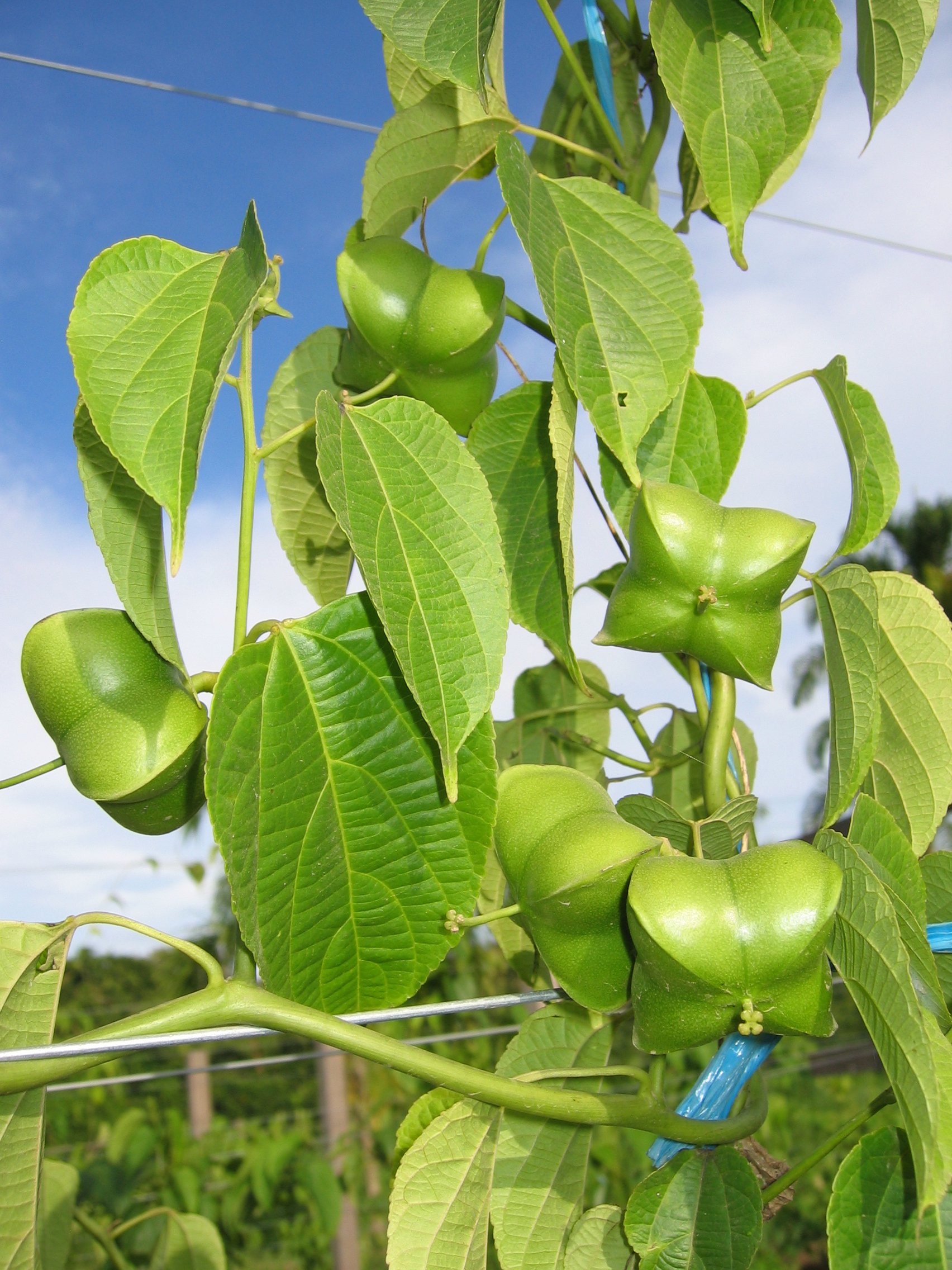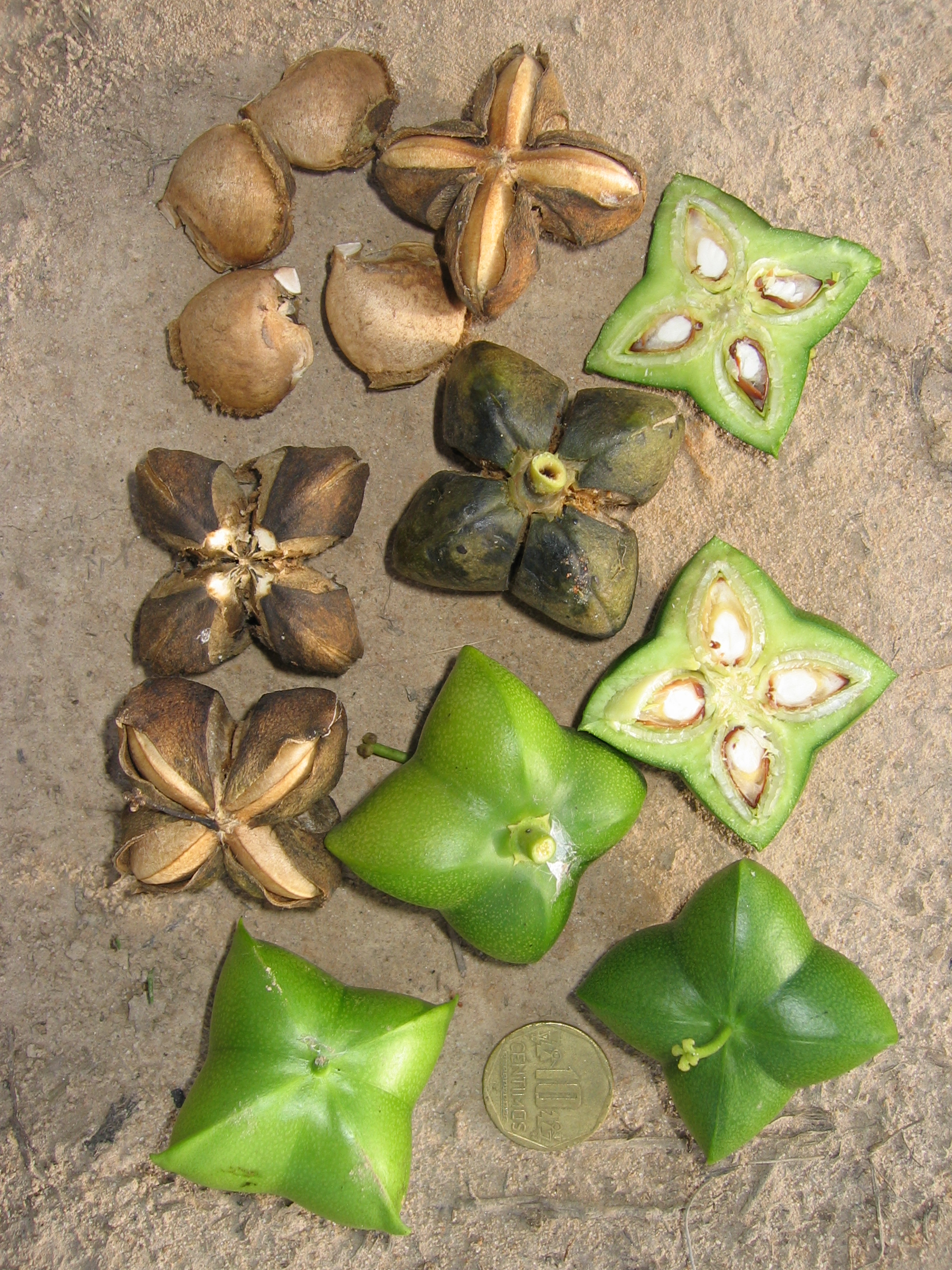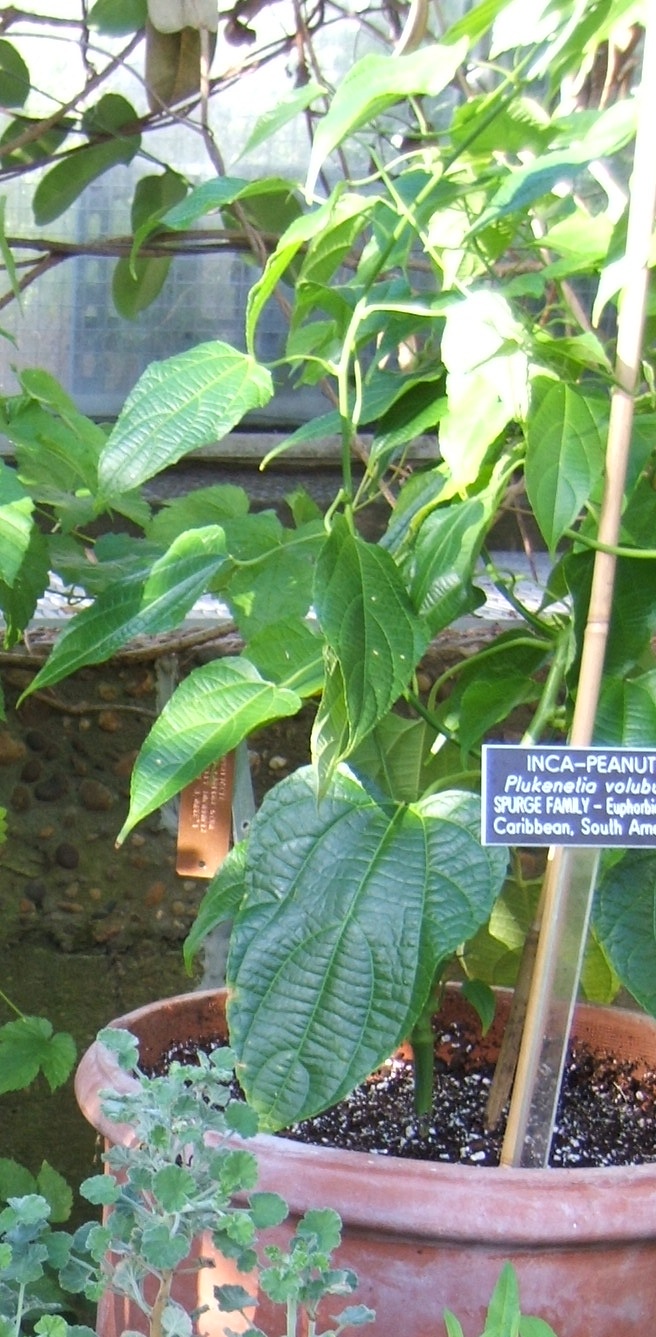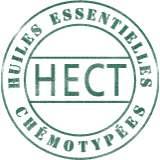Sacha inchi,
Sacha inchi, organic Peru 

Carrier oils
Botanical name: Plukenetia volubilis
Plant Part: seeds
Extraction method: cold pressed
Origin: Peru
| 4.50$ |
Free shipping for online orders of more than 69$, before taxes, within Canada.
(View the maximum available formats for free delivery)
Cautions and warnings:
Do not use pure essential oils. Essential oils are diluted in a vegetable oil when applied to the skin. Carry out a skin tolerance test in the crook of your elbow and wait 48 hours before using the oil on the skin. Do not use the essential oil if you notice a reaction such as redness, itching or stinging.
Keep out of reach of children.
If accidental ingestion occurs, seek urgent medical attention or contact a Poison Control Center.
Avoid contact with eyes and mucous membranes. Essential oils should not be applied to the eyes, the eye contour area, neither into the ears. In case of contact, apply a plenty of vegetable oil and take promptly medical advice.
If symptoms persist or worsen when using essential oil, consult a health care practitioner.
If you have epilepsy or asthma, consult a health care practitioner prior to use.
Avoid exposure of applied area(s) to the sun.
Contraindications:
If you are pregnant or breastfeeding, do not use essential oils.
Known adverse reactions:
If you experience nausea, dizziness, headache or an allergic reaction, discontinue use.
Storage:
Store in airtight, light-resistant container at room temperature.
Responsibility:
The information contained on our site is presented purely for information purposes and cannot, in any case, bind the responsibility of the company. In no way does this information constitute a recommendation for preventive or curative treatment, prescription or diagnosis, nor should it be considered as such.
Origin
This organic sacha inchi vegetable oil is extracted by cold trituration from the seeds of the plant grown in Peru.
Properties
In external use, Sacha inchi vegetable oil has properties that improve the general appearance of the skin.
It is emollient, moisturizing, nourishing, protective, antioxidant.
It softens and softens the skin.
It is a greasy oil of dry texture, it penetrates quickly into the skin.
Taken internally, it would increase HDL-cholesterol and the blood concentration of alpha-linolenic acid and DHA and reduce triglycerides according to a study (Gonzales GF, Gonzales C, Villegas L. Exposure of fatty acids after a single oral administration of sacha inchi (Plukenetia volubilis L.) and sunflower oil in human adult subjects. Toxicol Mech Methods. 2014 Jan;24(1):60-9. doi: 10.3109/15376516.2013.850566).
Suggestions for use
Massages.
Anointings.
Addition in the kitchen.
Cautions
Keep away from children, air, heat and light.
In the kitchen, it is best used cold, mixed or not with other vegetable oils, as a seasoning.
Users can expect a shelf life of 2 years with proper storage conditions (cool, out of direct sunlight).
Refrigeration after opening is recommended.
More information
Sacha inchi or Inca inchi is also called sacha peanut, mountain peanut, Inca nut or Inca peanut.
It is a plant of the large Euphorbiaceae family which also includes euphorbia of course but also castor bean, sago palm, croton or rubber tree for example.
Plukenetia volubilis should not be confused with Caryodendron orinocense, another species in the family Euphorbiaceae which shares the common name inchi.
It is a climbing plant native to the Amazon rainforest of Peru, Ecuador, Colombia etc. but it adapts to hot or average climates up to 1700 m altitude.
It can reach about 12 m in length.
The fruits are capsules 3-5 cm in diameter with 4-7 spikes, are green and ripen blackish-brown.
When ripe, the fruits contain a black, moist pulp that is messy and inedible.
They are therefore normally left to dry on the plant before harvesting.
By two years of age, often up to a hundred dried fruits can be harvested at a time, yielding 400 to 500 seeds several times a year.
Fruit capsules usually consist of four to five lobes, but some can have as many as seven.
Inside are the seeds, oval, dark brown, 1.5-2 cm in diameter with a mass of 45-100 grams.
Raw, the seeds are toxic but cooking degrades the alkaloids, saponins and lectins responsible for the toxicity and the oil obtained becomes edible and a source of polyunsaturated fatty acids.
The seeds are also eaten in the form of chewable nuts and the leaves chewed or taken as a kind of tea.
The oil extracted by cold pressing has a mild flavor and leaves a slight nutty taste in the mouth.
After extracting the oil, a meal remains which is technically called cake and which is characterized by a high protein content that reaches 60%, being the food with the highest protein content known today.
The oil is rich in the essential fatty acids omega-3 linolenic acid (≈45-53% of total fat content) and omega-6 linoleic acid (≈34-39% of fat content), as well as non-essential omega-9s (≈6-10% fat content).
In Peru in 2009, the humanitarian group Oxfam supported techniques for growing sacha inchi as a cash crop by indigenous groups like the Ashaninka.
Composition in fat acids :
Palmitic C16:0 3.65
C stearic 18:0 2.54
Oméga oleic 9 C 18:1 ω9 8.40
Oméga 6 linoleic C 18:2 ω6 36.80
Alpha linolenic omega 3 C 18:3 ω3 48.61
Saturated total 6.19
Total insaturated 93.81
antioxidants
Vitamin A 681ug
Vitamin E 17mg/100g
For further information about this product or to inquire about larger quantities, please send us an email and we will get back to you as soon as possible.
The availability and price of this product may vary without prior notice, if for some reason the quantity you have requested is currently unavailable, we will contact you shortly to discuss the best options to fulfill your needs.
References
Wikiphyto.org
Log in
Subscribe to our newsletter here!
All rights reserved © 2024 - ZAYAT AROMA
Terms & conditions | Security & privacy








